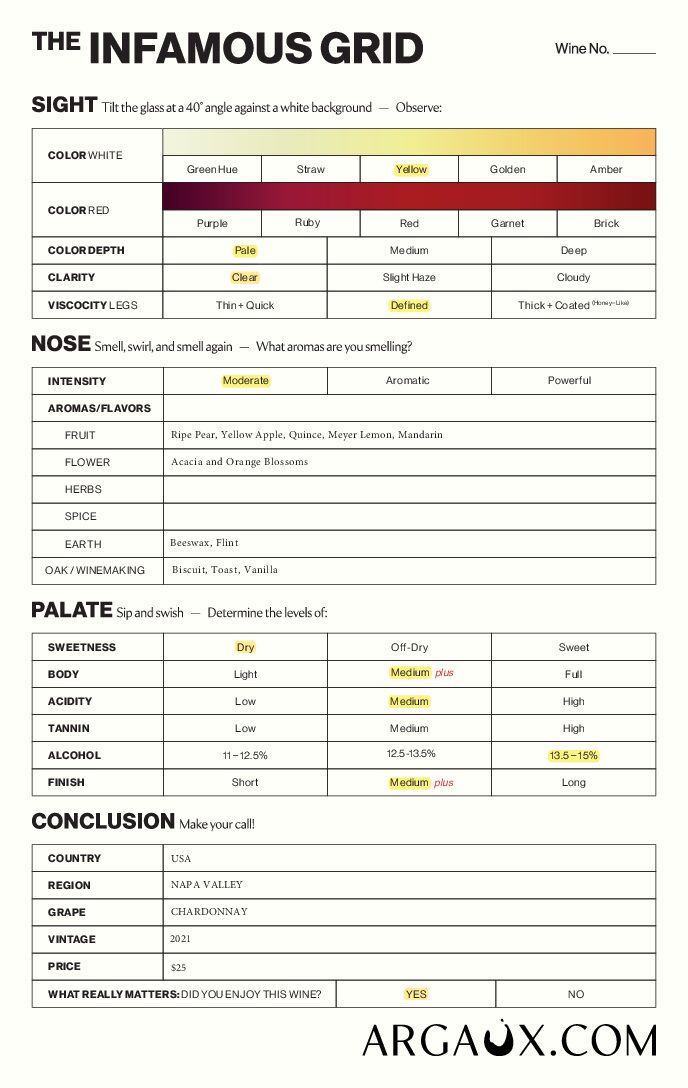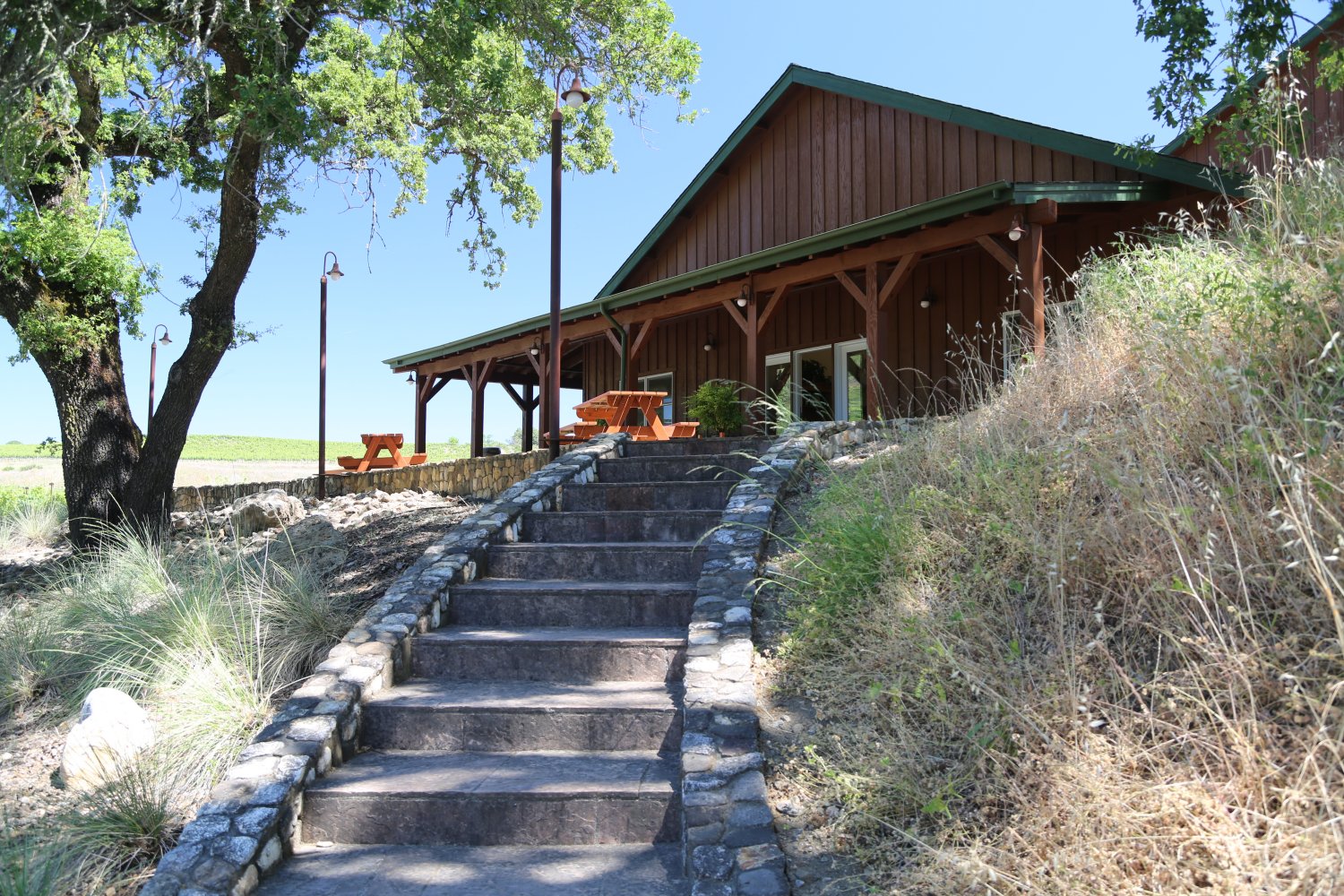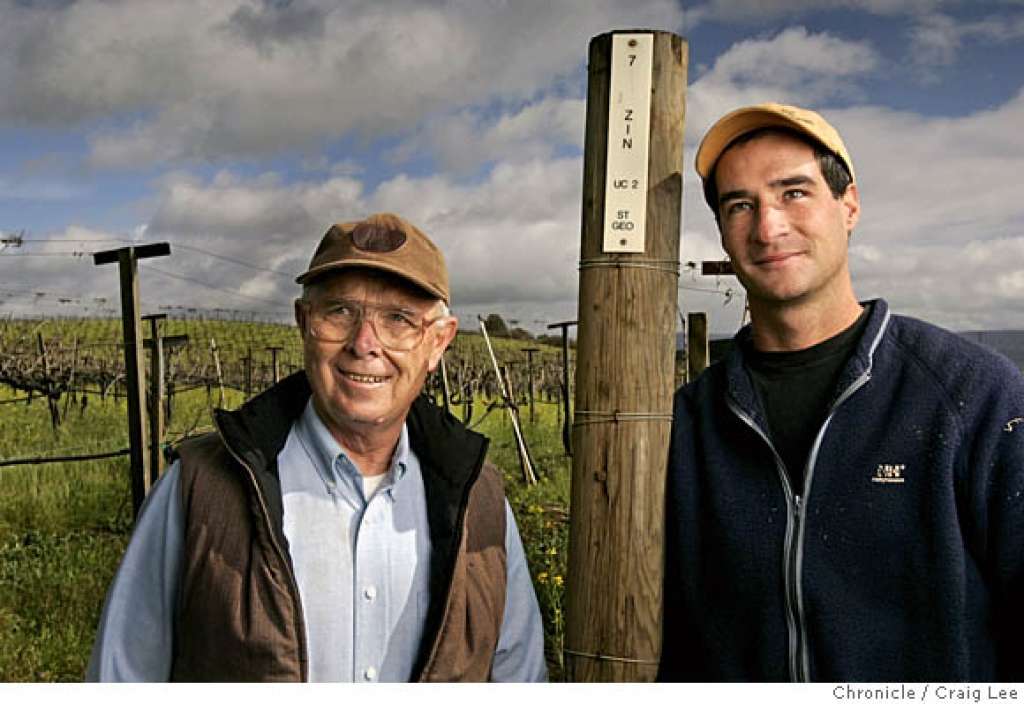2021 Hendry Barrel Fermented Chardonnay Napa Valley (half-bottle)
Enticing and complex nose that includes mouthwatering tree fruits, citrus, fresh beeswax, crisp blooms, and rich, toasted oak and browned biscuit. The palate is textured, complemented by an underlying minerality and high-tension acidity. There is a slight smokiness from the stony soils that melds in beautifully. Pair with halibut, chicken, lemon and ricotta pasta.
Aged 11 months in French oak barrels (34% new). Only 700 cases produced. Sustainable farming practices and family-owned winery.
- Tasting Notes Ripe Pear, Yellow Apple, Meyer Lemon, Orange blossom, Beeswax, Toast, Vanilla
- Variety Chardonnay
- Region United States, California, Napa Valley
- Volume 375ml
- Alcohol Volume 14.5%
- Table Talk The Hendry family has been farming the same vineyard in Napa since 1939 and all Hendry wines are made from estate grapes.
$25.00
Only 4 left in stock
Hendry Vineyards, nestled just north of the Carneros district in Napa Valley, has a storied history that began in 1939 when George and Margaret Hendry purchased the property. The couple, who married in 1932, relocated to Napa from Point Richmond, California. George, an agronomy professor with a passion for agricultural practices and history, initially focused on documenting wheat varieties and pests in California. His untimely death in 1944 left Margaret to manage the ranch on her own, a task she undertook with remarkable resilience, overseeing the cultivation of grapes, prune-plums, walnuts, and cattle while raising their two young sons, George O. and Andrew.
Under Margaret’s stewardship, the Hendry family maintained and developed the ranch through challenging times. Both of her sons pursued higher education, with George O. graduating from UC Berkeley and Andrew from UC Davis. George O. Hendry, who had grown up on the ranch, balanced a career in cyclotron design with his responsibilities at the vineyard. His innovative spirit extended to his work on the ranch, where in the 1970s, he led significant replanting efforts, transitioning the ranch from prune orchards to vineyards with varieties like Zinfandel, Chardonnay, and Cabernet Sauvignon. This period marked the beginning of Hendry Ranch’s reputation for producing high-quality grapes sought after by renowned winemakers such as Robert Mondavi.
The vineyard, now encompassing 203 acres with 117 acres planted, is meticulously managed in 49 unique blocks to accommodate its diverse soil types and microclimates. This block management system allows for the precise cultivation of 11 different grape varieties. Sustainability is a core principle at Hendry, with practices that include minimal use of herbicides and pesticides, maintaining cover crops to enhance soil health, and employing organic methods when necessary. This commitment to sustainable farming has been a cornerstone of the Hendry family’s legacy for over 80 years.
Today, George’s nephew, Mike Hendry, oversees the vineyard management, continuing the family tradition of excellence and sustainability. The winery itself features a state-of-the-art gravity flow system and an in-house bottling line, ensuring the highest quality in their estate-grown wines. Hendry’s wines are crafted with an emphasis on balanced alcohol levels, dry styles, and subtle oak influence, showcasing the pure expression of their unique terroir. This dedication to quality and sustainability has cemented Hendry Vineyards’ status as a distinguished producer in Napa Valley.
SUSTAINABILITY
“At Hendry, we have a strong sense of environmental responsibility. We base our choices in the vineyard on a desire to continue farming this land ethically and sustainably, as our family has done here since 1939.
We do not routinely apply any herbicides or pesticides in the vineyard. In addition, we maintain a complex, naturally diverse cover crop to foster healthy, aerated soil and minimize the need for added nitrogen. This minimizes potential nitrogen runoff that could be harmful to our nearby stream and river. As needed, we may apply potassium and phosphorus to the soil before the first rains of the season to support this cover crop, which in turn, supports the grapes. The remains of the winemaking process–skins, seeds and stems–are plowed back into the soil each harvest. The sulfur we apply in the vineyard is organically derived.
We have not sought, nor do we intend to seek, certification of any kind, choosing instead to follow our own path of best and most responsible practices to maintain a healthy vineyard and environment, while reserving the option to use specific, short term and targeted solutions, organic or otherwise, should an urgent or difficult insect threat appear. Thankfully, this is something that has occurred only a handful of times in the last eight decades.”
NAPA VALLEY, CALIFORNIA
Napa Valley, where Cabernet Sauvignon is “King.” The valley itself in Northern California is not very big, but it is home to some of the most expensive and prestigious vineyards in California. Napa is separated from Sonoma and Central Coast by two sets mountain ranges: the Mayacamas Mountains to the west and the Vaca Mountains to the east. Being in a valley, this region can heat up pretty quickly. However, there are cooling influences like fog and ocean breezes from the San Pablo Bay that help to moderate the temperature within the valley. With more heat comes more concentrated, fuller-bodied wines, making this the perfect place for Cabernet Sauvignon. Other primary red grapes of focus are Zinfandel, Merlot, Syrah, and Cabernet Franc. The principal white varieties to look for here are Chardonnay and Sauvignon Blanc. You may also find Pinot Noir in the more southerly area of Los Carneros AVA where it can get cool enough to produce high-quality Pinot Noir. Featured AVA’s include Howell Mountain, Calistoga, St. Helena, Mount Veeder, Los Carneros, Stags Leap District, Oakville, and Rutherford.










